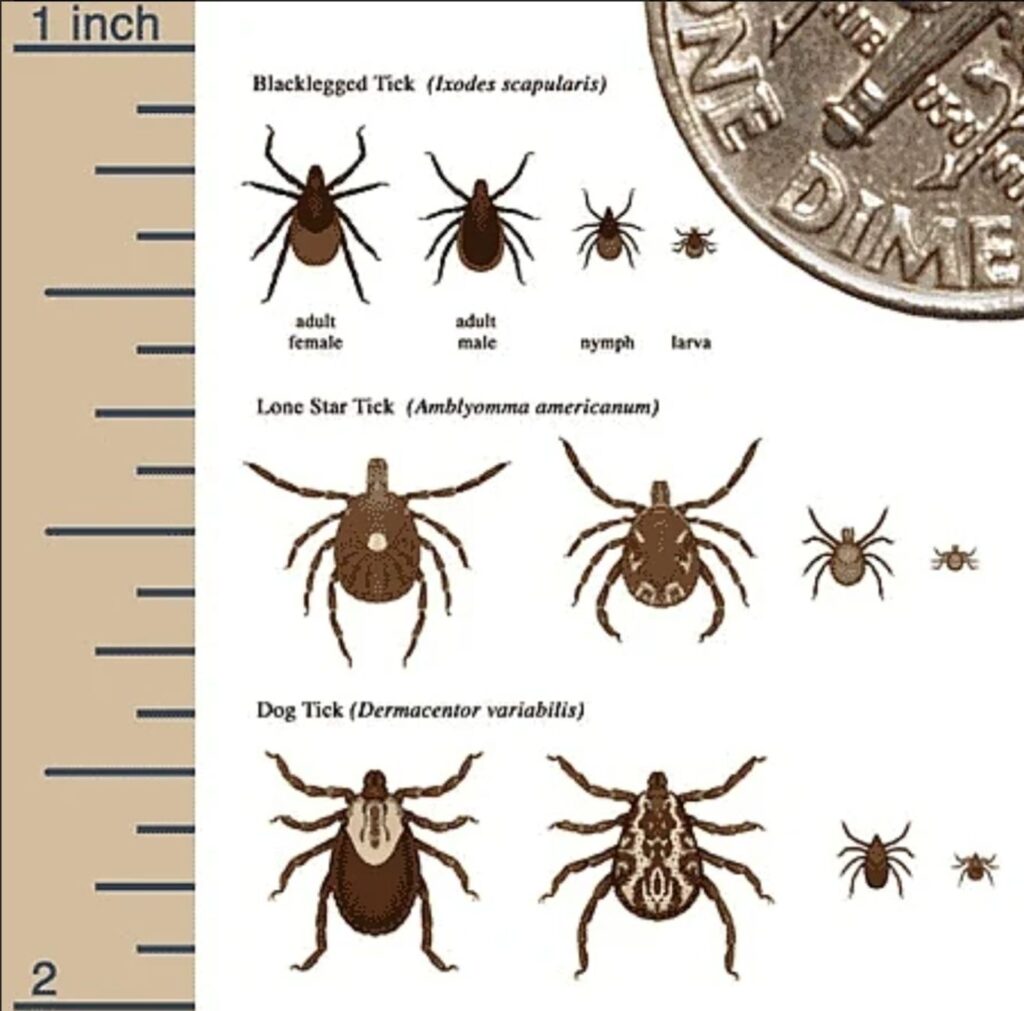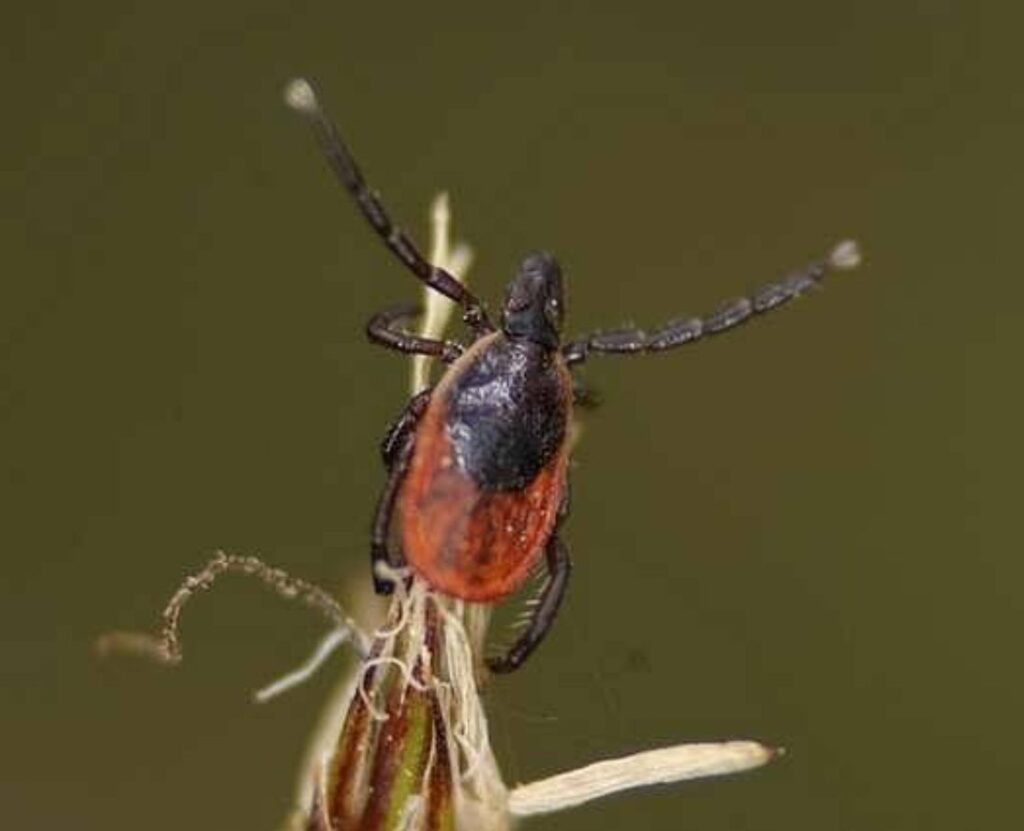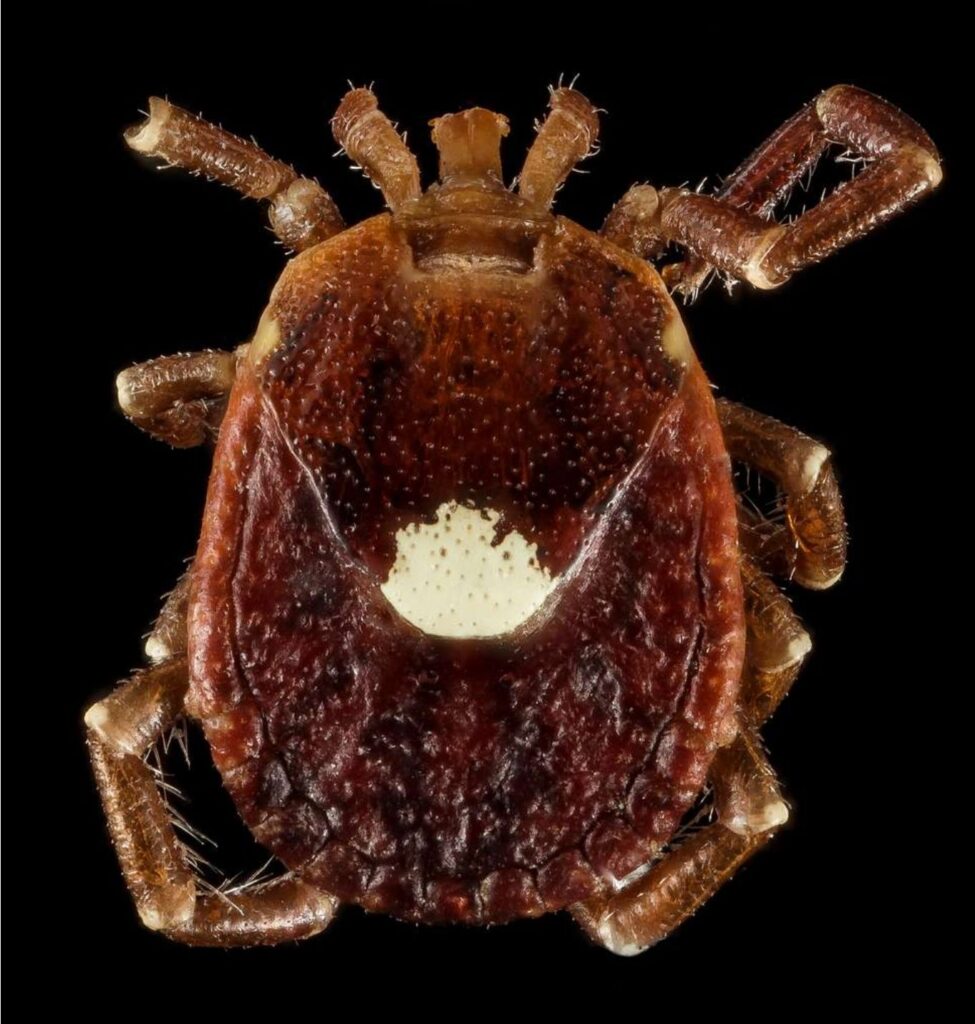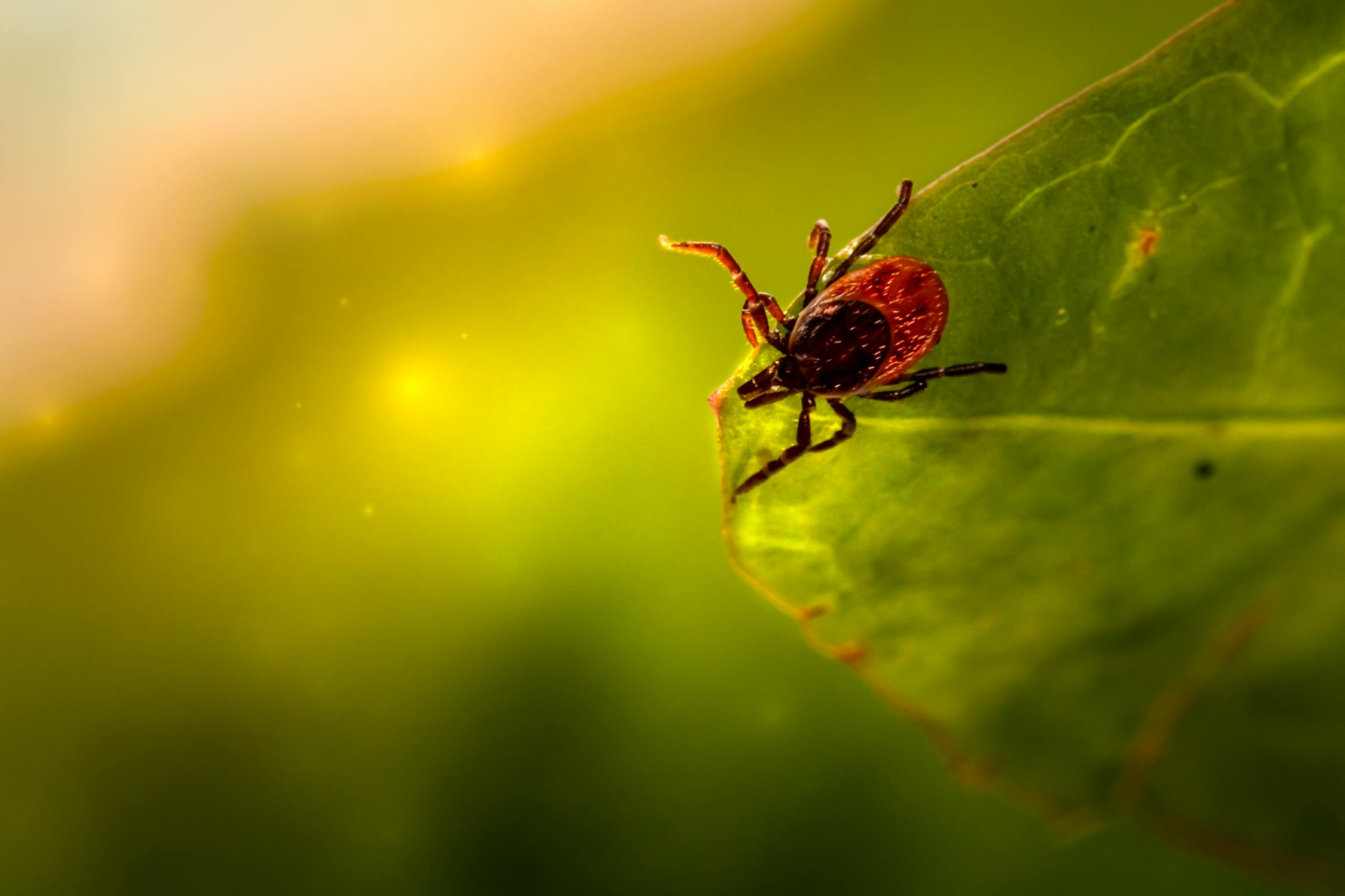Ticks and Tick-Borne Diseases: A Comprehensive Guide
Ticks are small arachnids belonging to the order Parasitiformes. They are ectoparasites, meaning they feed on the blood of mammals, birds, reptiles, and sometimes amphibians. Ticks are prevalent in wooded areas, grasslands, and even urban parks, where they can latch onto passing hosts to feed. While these tiny creatures might seem insignificant, they pose a significant health risk due to the diseases they can transmit.

Types of Ticks and Diseases They Carry
There are several species of ticks, each capable of transmitting various diseases. Here are some common ticks and the illnesses associated with them:

- Deer Tick (Ixodes scapularis)
- Disease: Lyme disease, Anaplasmosis, Babesiosis, Powassan virus.
- American Dog Tick (Dermacentor variabilis)
- Disease: Rocky Mountain spotted fever, Tularemia.
- Brown Dog Tick (Rhipicephalus sanguineus)
- Disease: Canine ehrlichiosis, Rocky Mountain spotted fever (rarely).
- Lone Star Tick (Amblyomma americanum)
- Disease: Ehrlichiosis, Tularemia, STARI (Southern Tick-Associated Rash Illness).
- Blacklegged Tick (Ixodes pacificus)
- Disease: Lyme disease, Anaplasmosis.
Lyme Disease
Lyme disease is the most common tick-borne illness in the Northern Hemisphere. It is caused by the bacterium Borrelia burgdorferi, which is transmitted primarily by the deer tick (Ixodes scapularis). The symptoms of Lyme disease can vary but commonly include a characteristic bulls-eye rash (erythema migrans), fever, fatigue, joint pain, and neurological problems if left untreated.
Early detection and treatment are crucial to preventing more severe symptoms. Lyme disease is treatable with antibiotics, especially in its early stages. However, if undetected and untreated, it can lead to long-term complications affecting the joints, heart, and nervous system.

Other Tick-Borne Illnesses
Apart from Lyme disease, ticks can transmit a range of other serious illnesses:
- Anaplasmosis: Caused by the bacterium Anaplasma phagocytophilum, this disease can cause fever, headache, muscle pain, and, in severe cases, respiratory failure.
- Babesiosis: A parasitic infection caused by Babesia microti or other Babesia species, resulting in symptoms like fever, fatigue, and hemolytic anemia.
- Rocky Mountain Spotted Fever (RMSF): Caused by the bacterium Rickettsia rickettsii, this disease can lead to fever, headache, rash, and in severe cases, organ failure.
Preventing Tick Bites
Prevention is key to avoiding tick-borne illnesses, especially when spending time outdoors. Here are some effective measures to protect yourself:
- Use Tick Repellent: Apply insect repellent containing DEET or picaridin on exposed skin and clothing.
- Wear Protective Clothing: Wear long-sleeved shirts, long pants, and tuck your pants into socks or boots to prevent ticks from reaching your skin.
- Perform Tick Checks: After spending time outdoors, thoroughly check your body for ticks. Pay attention to areas like behind the ears, in the hair, underarms, and around the waistband.
- Shower After Being Outdoors: Taking a shower soon after being outdoors can help wash away unattached ticks.
- Modify Your Landscape: Keep your lawn mowed and remove leaf litter to reduce tick habitats around your home.

Conclusion
Ticks are not just nuisances; they can carry potentially life-threatening diseases. Understanding the types of ticks in your area and the diseases they carry is crucial for taking appropriate preventive measures. By adopting these precautions and promptly addressing any tick bites or symptoms, you can significantly reduce the risk of tick-borne illnesses and enjoy outdoor activities more safely.






